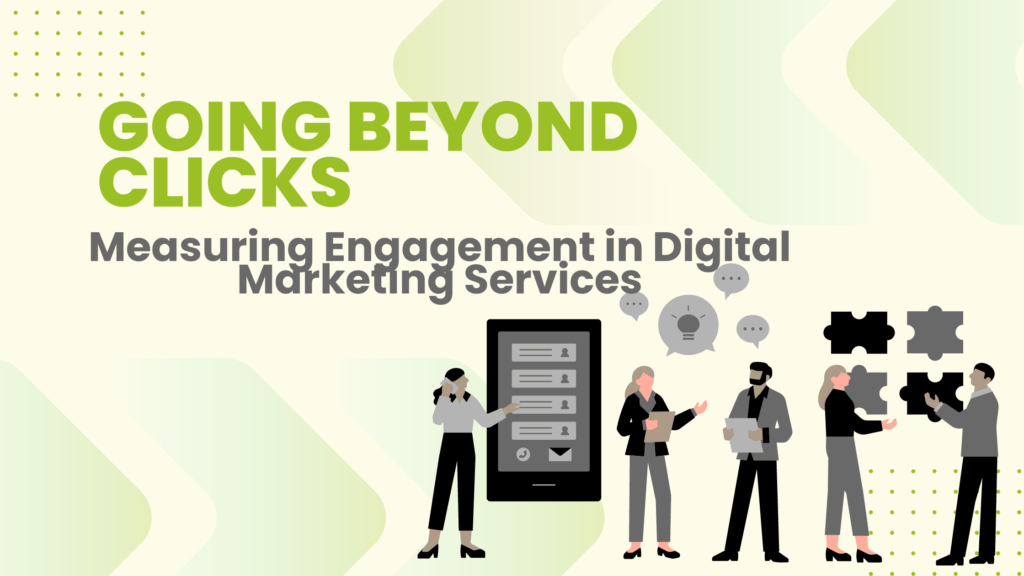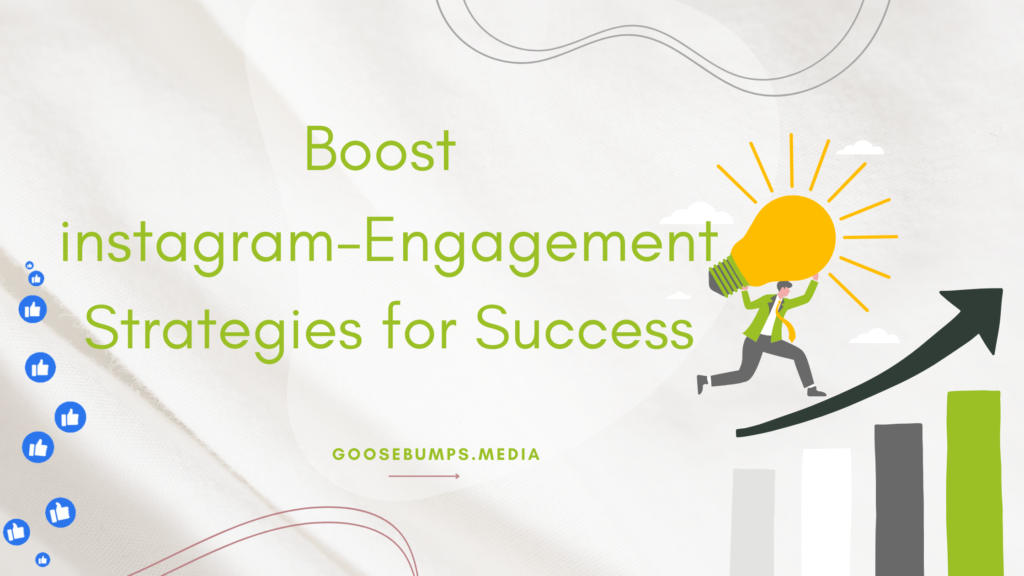
Introduction
Custom Message: Welcome to the world of digital marketing where engagement is the heartbeat of success. In this article, we’ll uncover the nuances of measuring engagement beyond clicks, offering actionable insights for your digital marketing endeavors.
What is Engagement in Digital Marketing?
Engagement encompasses various user interactions that indicate interest, involvement, and connection with your digital assets. It includes actions such as likes, shares, comments, dwell time, conversions, and more.
Why Measure Engagement?
Understanding engagement helps marketers:
- Evaluate content performance.
- Improve audience targeting.
- Enhance user experience.
- Increase brand loyalty.
- Drive conversions and sales.
Key Metrics for Measuring Engagement
1. Time on Page
Definition: The average duration users spend on a webpage. Importance: Indicates content relevance and user interest.
2. Bounce Rate
Definition: Percentage of users who leave a website after viewing only one page. Importance: Reflects content quality and user engagement level.
3. Social Shares
Definition: Number of times content is shared on social media platforms. Importance: Indicates content resonance and audience advocacy.
4. Click-Through Rate (CTR)
Definition: Percentage of users who click on a specific link or CTA. Importance: Measures effectiveness of calls-to-action and ad performance.
5. Conversion Rate
Definition: Percentage of users who complete a desired action (e.g., purchase, sign-up). Importance: Directly correlates with campaign success and ROI.
Tools and Techniques for Measuring Engagement
1. Web Analytics Platforms
Utilize tools like Google Analytics, Adobe Analytics, or HubSpot to track engagement metrics and user behavior.
2. Social Media Insights
Platforms like Facebook Insights, Twitter Analytics, and LinkedIn Analytics provide valuable data on social engagement.
3. Heatmaps and Session Recording
Tools such as Hotjar or Crazy Egg offer insights into user behavior through heatmaps and session recordings.
4. A/B Testing
Test different content formats, CTAs, and layouts to identify elements that drive higher engagement.
Strategies to Improve Engagement
1. Create Compelling Content
Produce high-quality, relevant, and engaging content that resonates with your target audience.
2. Optimize User Experience (UX)
Ensure seamless navigation, fast loading times, and mobile responsiveness to enhance user engagement.
3. Personalize Interactions
Utilize data-driven personalization techniques to deliver tailored experiences and boost engagement.
4. Encourage Interaction
Prompt users to engage through polls, surveys, contests, and interactive content.
Conclusion
Custom Message: Congratulations on completing this journey into the realm of engagement measurement in digital marketing. By implementing these strategies and leveraging the right metrics, you’re poised to elevate your digital presence and foster lasting connections with your audience.


